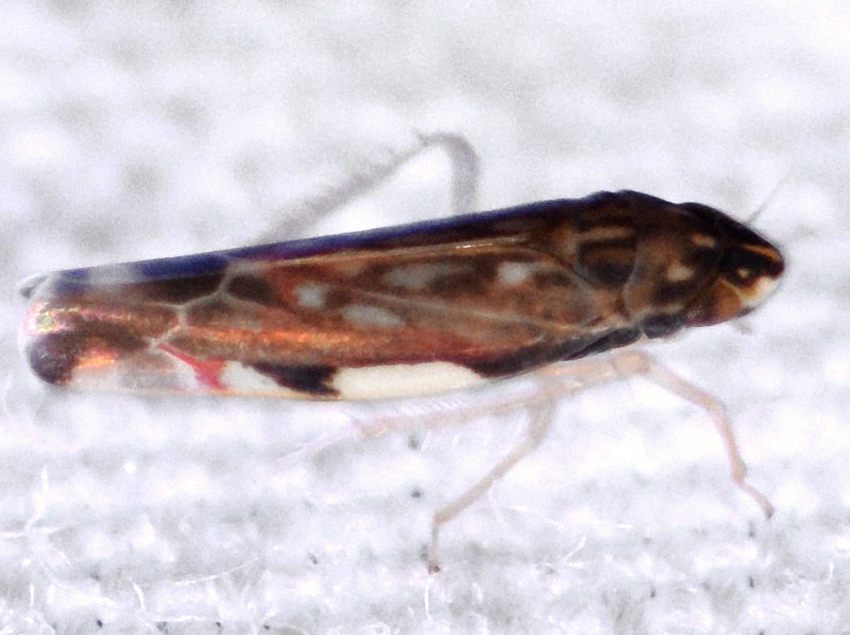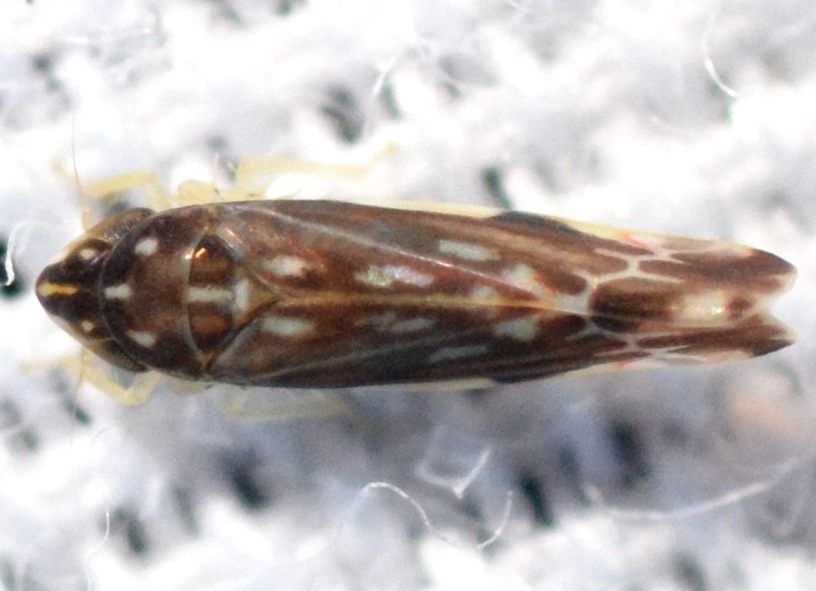
|
|
|
| synonym |
|
| description |
A dark brown to black hopper with mostly black wings and body with some pale spots. The head has a white midline, while the face is pale. The pronotum has three small white dots on the anterior margin; otherwise, it is entirely dark. In some individuals, there is a prominent heart-shaped or circular "white saddle" on the middle of the wings. Other individuals lack this white spots and have a couple smaller, fainter white patches or lines instead. Both forms have white on the costal margin of the wings and white transverse veins toward the wing tips. Legs are pale. Adults are 2.6-3.1 mm long. (3I)
Nymphs are pale with black wing buds, a black final segment of the abdomen, and a mostly black pronotum (with some black extending onto the head). |
| distribution |
Primarily eastern and central North America |
| abundance |
Recorded from several counties in the Piedmont and Coastal Plain where it is fairly uncommon; possibly more abundant in the right habitat. |
| seasonal_occurrence | |
| habitat |
Has been found in mixed hardwood forest habitat. |
| plant associates |
For E. atra: Cercis canadensis, Acer saccharum, Celtis sp., among others (3I)
For E. nigra: Polygonum muehlenbergii, Circaea lutetiana, Ilex decidua, Crataegus mollis, Polygonum virginianum, Aesculus sp., Cercis canadensis, Vitis sp., among others (3I) |
| behavior |
Can be attracted at night with a light. |
| comments |
Both E. atra and E. nigra are extremely similar in coloration and pattern, and both species actually have the same coloration description; see atra and nigra. C. Dietrich and D. Chandler have noted that there are no known clear visual characteristics that separate the two species. There are really only two ways to distinguish between these species. First is dissecting a male specimen and looking at the genitalia. Second is using plant host, as both species largely have different main host plants (with Cercis canadensis, or redbud being the exception). For example, these two specimens reared from Enchanter's Nightshade (Circaea lutetiana) can be identified as E. nigra: 1 & 2. Therefore, any individuals photographed without male dissection or host plant will be placed in this group of "atra or nigra." |
status |
[Native:]
[Introduced:]
[Extirpated:] | | list_type |
[Official:]
[Provisional:] |
| adult_id | Unmistakable and widely known Identifiable from good quality photos of unworn specimens
Identifiable from photos showing undersides, or other specialized views [e.g., legs, face]
Identifiable only by close inspection of structural features or by DNA analysis NULL |
| nymph_id | Unmistakable and widely known Identifiable from good quality photos, especially where associated with known host plants
Identifiable from close inspection of specimens or by DNA analysis
Identifiable only through rearing to adulthood NULL |
| G_rank |
|
| S_rank |
|
| rank_comments |
|
| tribe |
Erythroneurini |
| subgenus |
|
Species Photo Gallery for Erasmoneura atra or nigra No Common Name |
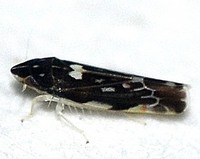 | Photo by: Paul Scharf
Warren Co.
Comment: Attracted to Light |  | Photo by: Paul Scharf
Warren Co.
Comment: Attracted to Light |
 | Photo by: Kyle Kittelberger, Paul Scharf, Brian Bockhahn
Rockingham Co.
Comment: attracted at night with a light | 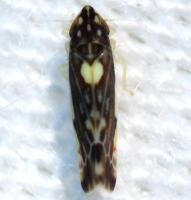 | Photo by: Kyle Kittelberger, Paul Scharf, Brian Bockhahn
Rockingham Co.
Comment: attracted at night with a light |
 | Photo by: Kyle Kittelberger, Brian Bockhahn
Cumberland Co.
Comment: attracted at night with a light | 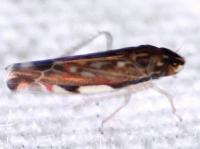 | Photo by: Kyle Kittelberger, Brian Bockhahn
Gates Co.
Comment: |
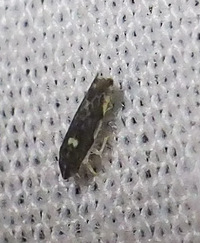 | Photo by: R Emmitt
Orange Co.
Comment: moth sheet. | 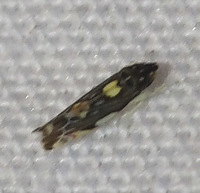 | Photo by: Randy Emmitt
Orange Co.
Comment: uv lights - unid_leafhopper |
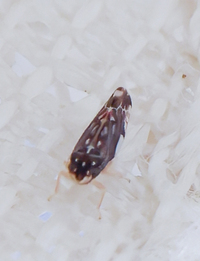 | Photo by: John Petranka
Durham Co.
Comment: |

 »
»

